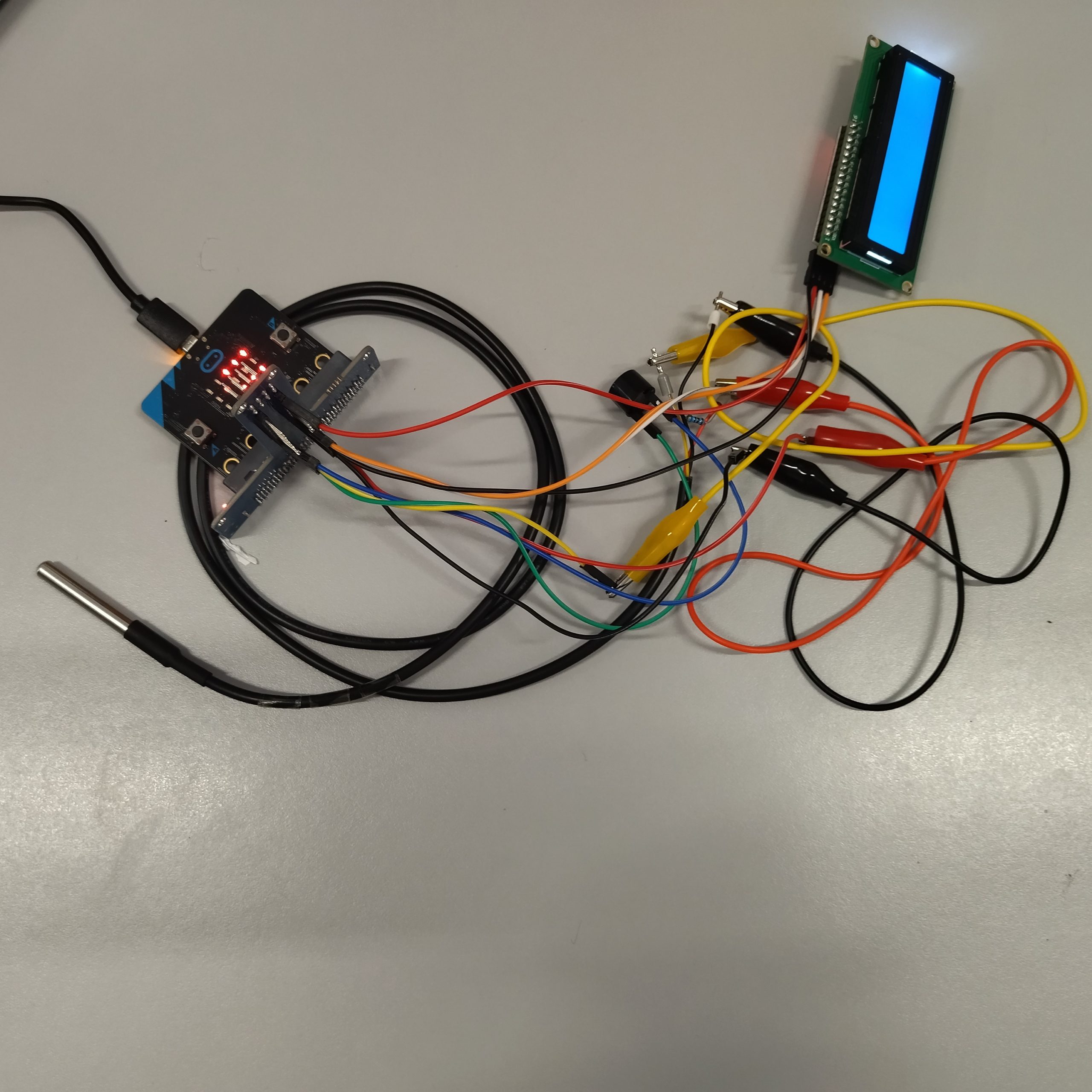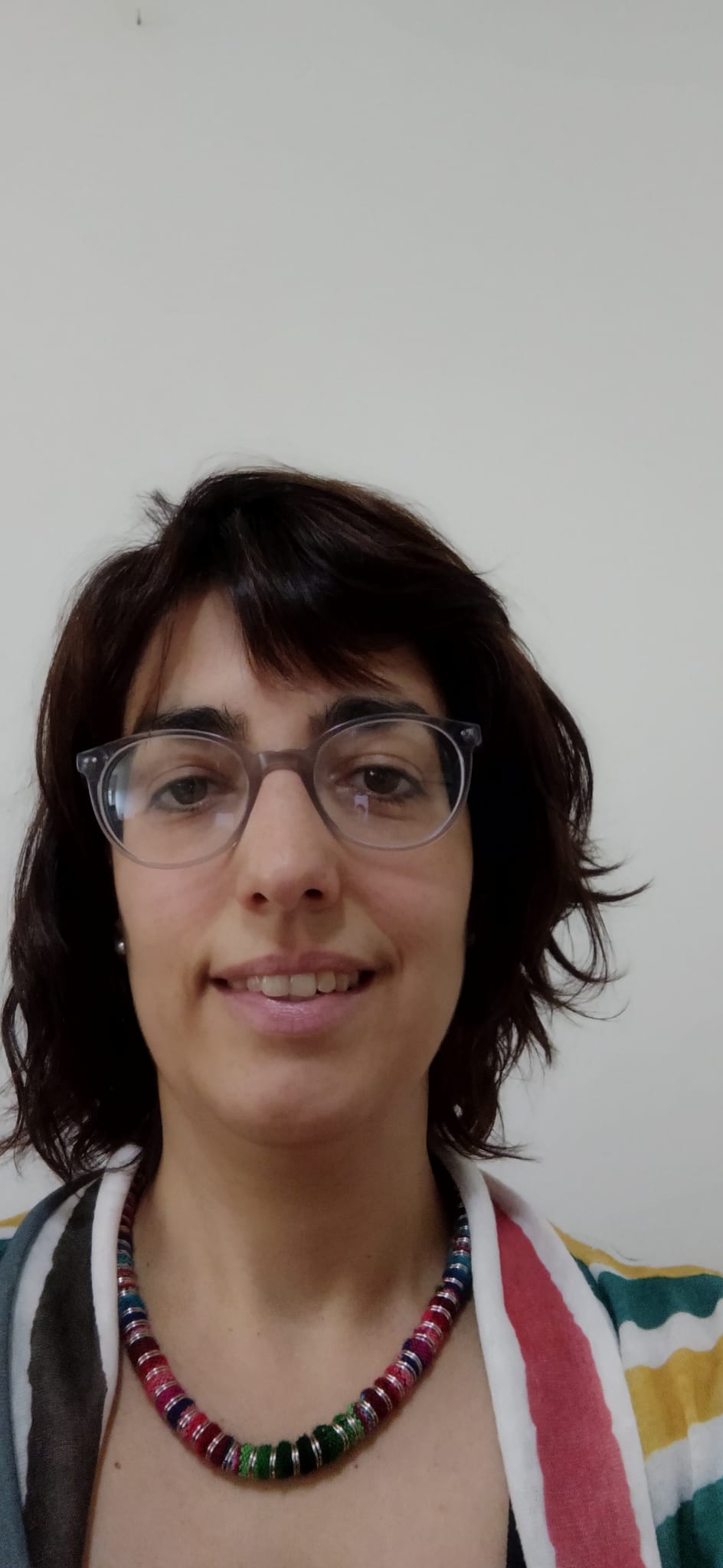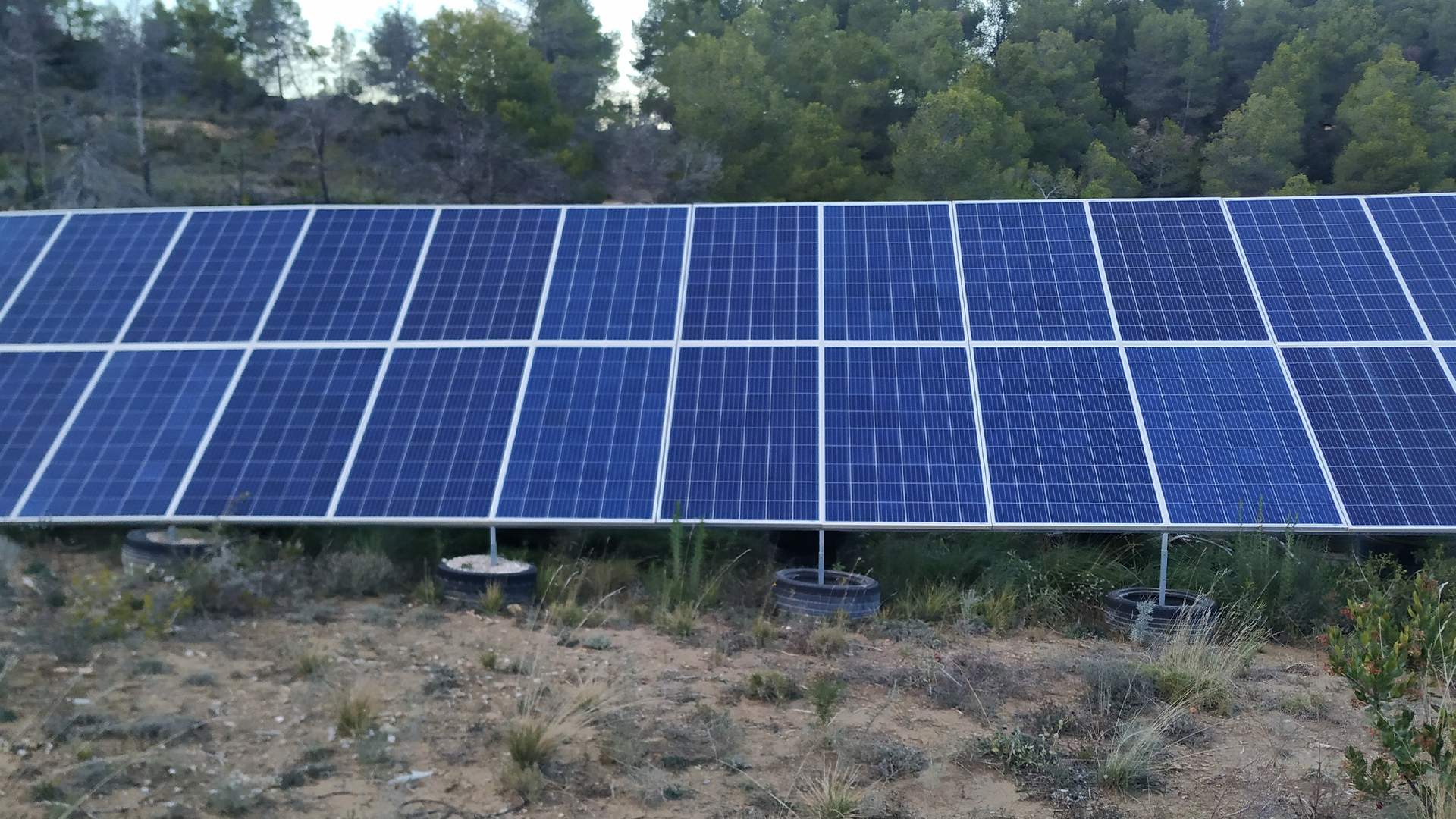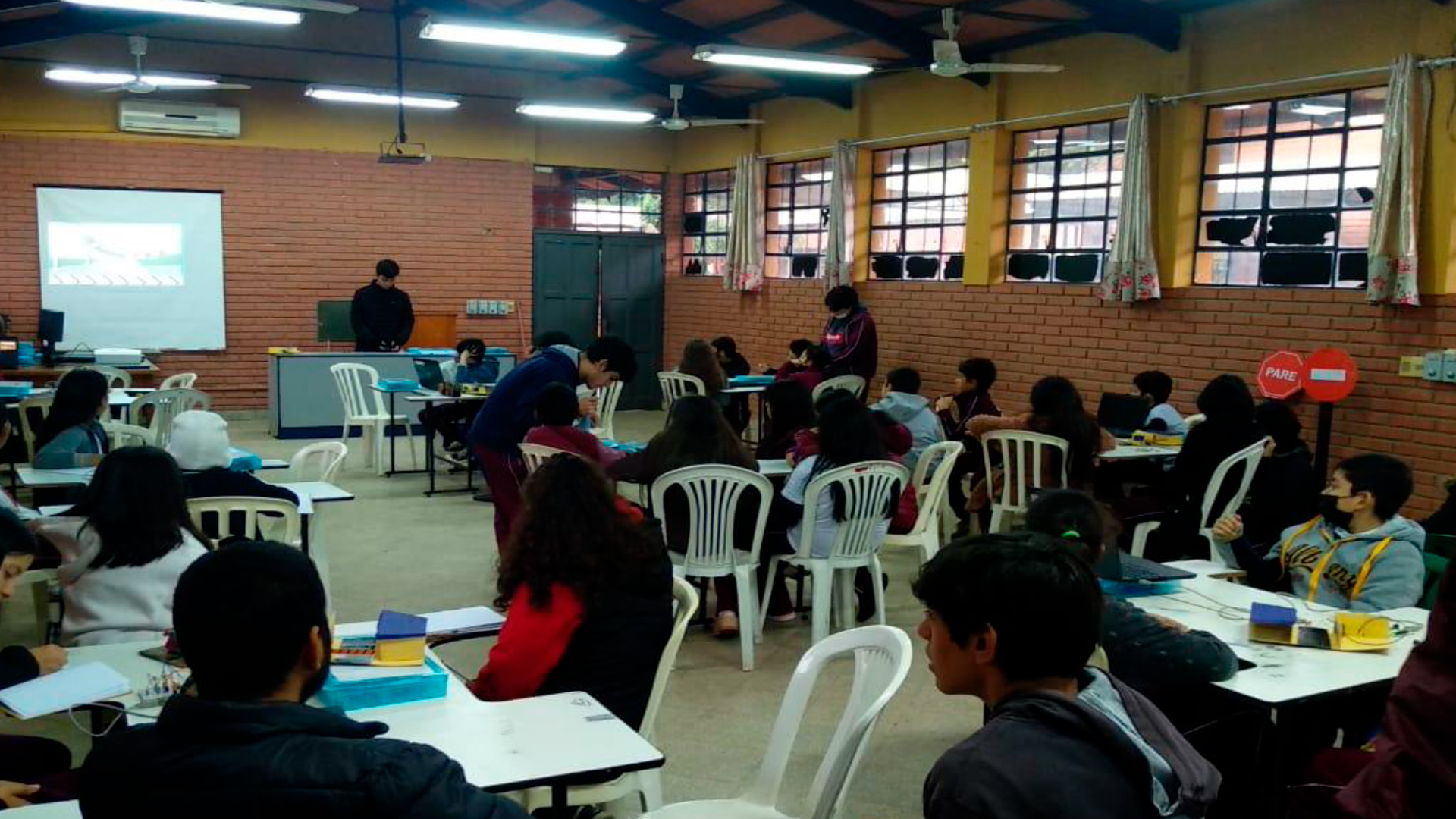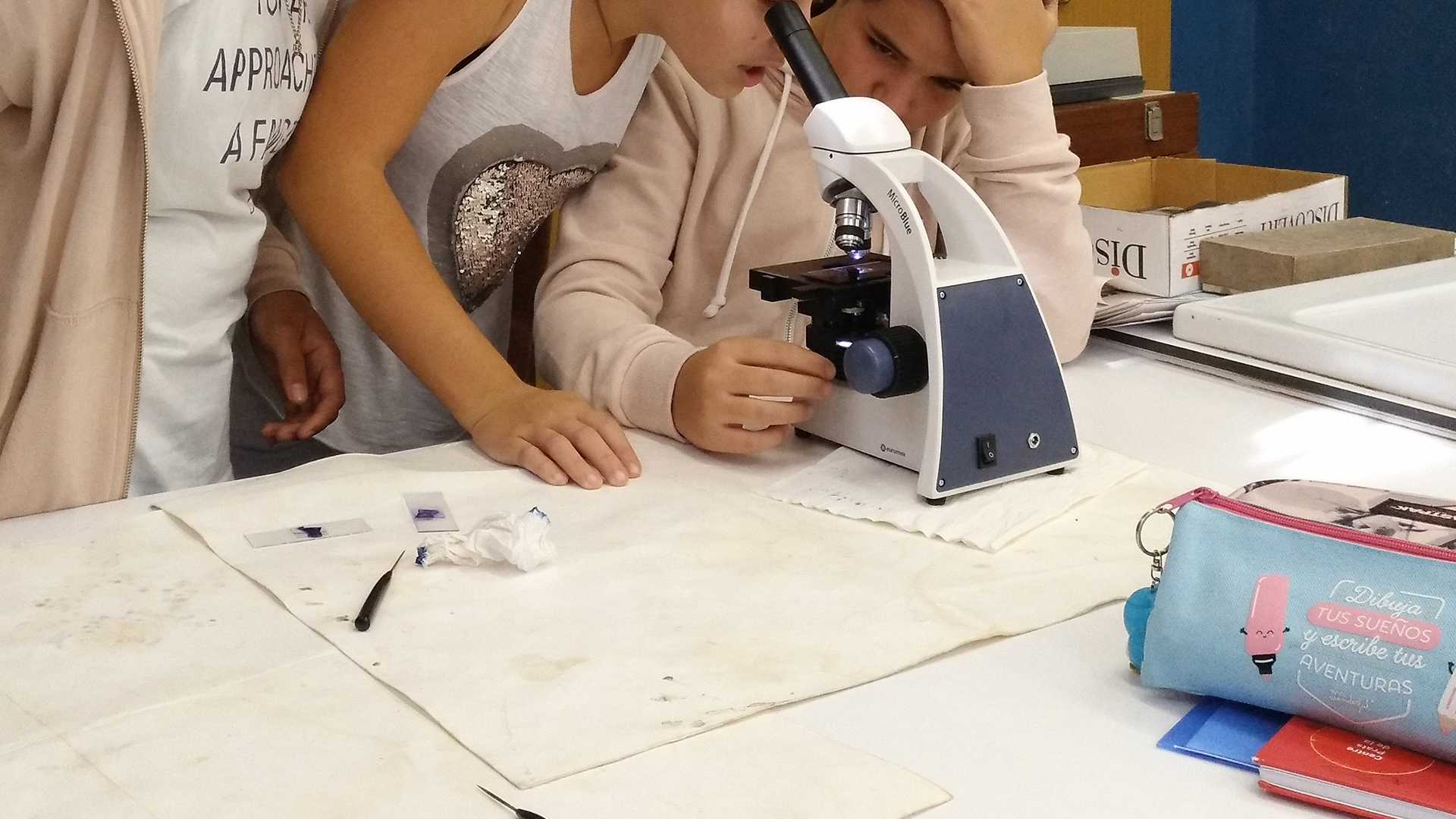Weavers of Light
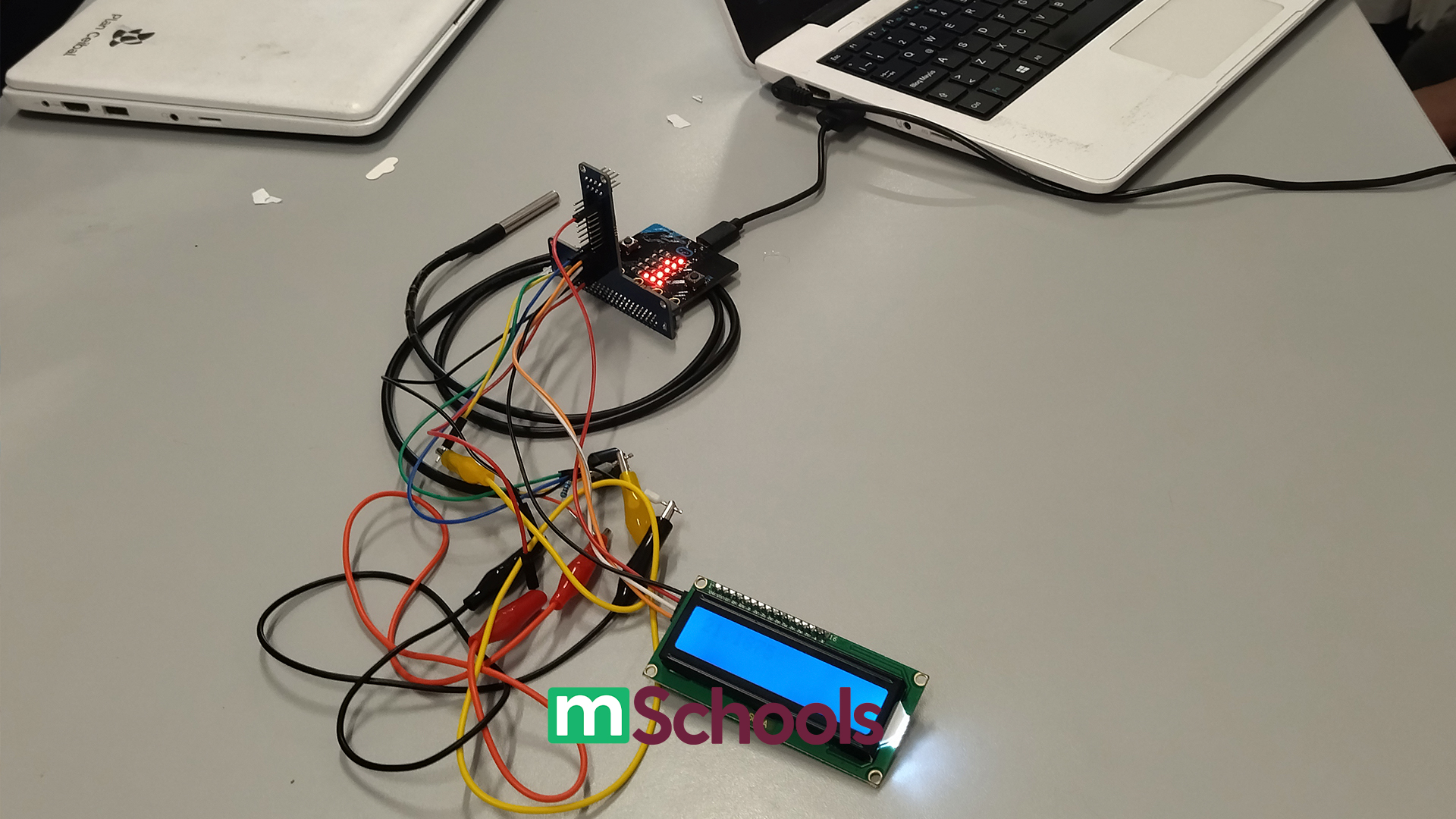

Context
There was a real problem of coexistence caused by the orientation of sunlight, which made one part of the classroom hot and another part cold. As a result, every day there were different debates about the need to turn the AC on or off. As students started to work on a possible solution, there came an opportunity to participate in the Robotics Olympics whose motto was “the path of energy”. The teacher in charge organized a project with the group, known as “Weavers of Light”, where students made the device to turn the AC on and off, created the sustainable packaging, developed the project’s logo and participated in the Uruguay Robotics, Programming and Video Games Olympics 2022.
Highlights...
Objectives
Widen the skills to find solutions
Link digital with visual literacy
Participate in institutional events
Didactic sequence
Identifying the problem
The identification of the problem is key to activate the process of a collaborative problem-solving methodology.
Finding the solution
Based on this, they formulated different levels of questions (like a Mamushka): general and specific questions that allowed them to think of possible answers.
Each student presented a possible solution and shared it with the rest of the group in the virtual classroom, so everyone could see their classmates’ different proposals.
Once shared, they chose the questions to be jointly answered.
Searching for information
Also, at this point, students deepened on the different types of texts: science and journalism portals, etc.
Applying for the Robotics Olympics
-The first group was in charge of designing and programming the device with Micro:bit boards. To do this, they selected the board, the sensors, the buzzer, and the LCD screen, and the necessary information to make the temperature alert work.
-The same first group also created a box to take care of and present the components.
-The second group was in charge of group identity (they created the project’s name and logo). For this purpose, they worked with aesthetics and image.
-The third group was in charge of writing the project's presentation. To achieve this, they delved into the practice of writing dissemination projects as well as into the use of collaborative writing tools.
-The last group was in charge of recording each step of the process and its documentation to communicate it later. This group worked closely with the programming group, since they had to keep a record of the errors, successes, and advancements while creating the device.
Presentation of the project and assessment
Assessment and conclusions
Successes
Things to improve
Also, this project will be available to be continued by other groups in the future.

Take this experience to your classroom!
Tips to adapt the experience to your classroom
Transform the uncomfortable
Have courage
Dare
Can't do it on your own

